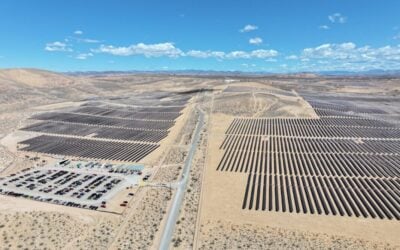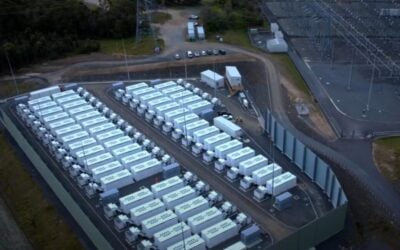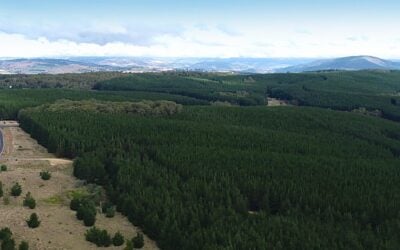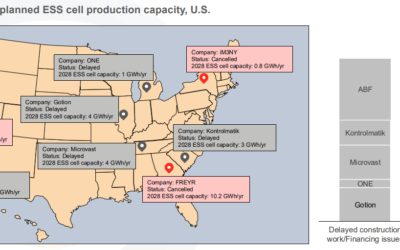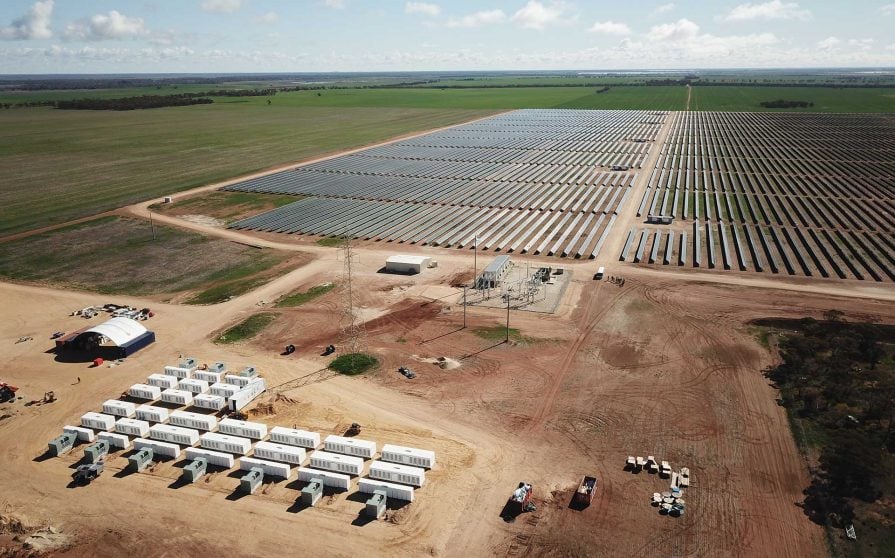
Victoria, Australia, achieved a new battery energy storage system (BESS) discharge and charge record over the weekend, with 693.5MW and -704.8MW, respectively.
Geoff Eldridge, National Electricity Market (NEM) and energy transition observer at consultancy Global Power Energy, took to LinkedIn to signal that the two records were achieved at 17:40 on 31 May for discharging and 13:05 on 2 June for charging.
Enjoy 12 months of exclusive analysis
- Regular insight and analysis of the industry’s biggest developments
- In-depth interviews with the industry’s leading figures
- Annual digital subscription to the PV Tech Power journal
- Discounts on Solar Media’s portfolio of events, in-person and virtual
For the discharging record, Eldridge noted that it surpassed the previous record by 76.99MW, which was achieved at 18:00 on 15 May 2025 with 616.5MW.
Prior to this, the state record was 409MW at 19:00 on 26 October, representing a 69.7% increase.
Victoria’s BESS charging record was broken twice over the weekend. Initially, Victoria set a new record with a minimum instantaneous charge of -612.0MW. However, this was surpassed just 24 hours later, with a -704.8MW record posted at 13:05 on 2 June, a 15.2% increase on the previous day’s record.
The record stood at -424MW a year ago, achieved at 12:55 on 5 May 2024, 66.2% below the new record.
Victoria becomes the latest state to achieve records in relation to its BESS fleet. In April, Energy-Storage.news reported that Queensland had bagged a maximum instantaneous BESS discharge record of 474.1MW at 17:55 on 30 March.
Soon after, the NEM, which covers New South Wales, Queensland, Victoria, South Australia, the Australian Capital Territory and Tasmania, achieved a new BESS charge record with –1,067MW on 2 April.
Eldridge said the records occurred during moderate one-hour price spreads, around AU$180/MWh (US$116/MWh), and reflect how energy storage is “routinely being deployed to manage arbitrage and firm supply.”
Despite these records, Eldridge added that renewable energy curtailment was prevalent during daylight hours across Victoria. As such, this is evidence that there is “more room for responsive load or coordinated scheduling,” Eldrige said.

